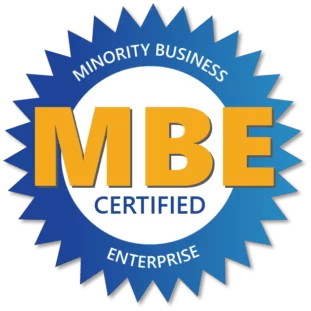Hybrid Cloud is a cloud computer environment that uses a mix of on premises, private cloud and third party, public cloud services with composition between the two platforms. Hybrid cloud gives businesses greater flexibility and data deployment options by allowing workloads to move between private and public clouds as computing needs and costs change.
As an example, an enterprise can deploy an on premises private cloud to host sensitive or critical workloads, but use a public third party cloud provider (like Google Compute Engine) to host less critical resources (like test and development workloads). Amazon Simple Storage Service (Amazon S3) could be used to hold customer facing archival and backup data. A software layer like Eucalyptus can facilitate private cloud connections to public clouds, such as Amazon Web Service (AWS).
Hybrid cloud is very valuable for dynamic or highly changeable workloads. A transnational order entry system that experiences high demand spikes around the holidays is a good hybrid cloud candidate. The application could run in private cloud, but cloud bursting to access additional computing resources from a public cloud when computing demands spike would be better to use for this situation. To connect private and public cloud resources, this requires a hybrid cloud environment.
Big data processing is another hybrid cloud case. For example, a company could use hybrid cloud storage to retain its accumulated business, tests, sales and other data then run analytical queries in the public cloud, which can scale to support demanding distributed computing tasks. Public cloud’s flexibility and scalability eliminates the need for a company to make massive expenditures to accommodate short term spikes in demand. The public cloud provider supplies compute resources, and the company only pays for resources it consumes.
Although having many benefits, hybrid cloud can present technical business and management challenges. Hybrid cloud requires API compatibility and solid network connectivity so private cloud workloads must access and interact with public cloud providers.
With public cloud pieces of hybrid cloud, there can be potential SLA breaches, connectivity issues and other possible public cloud service disruptions. To diminish these risks, organizations can architect workloads that interoperate with many public cloud providers. This can complicate workload design and testing, however. In a few cases, workloads slated for hybrid cloud must be improved to address specific providers’ APIs.
Egenera PAN Vcloud Director, Scalr Enterprise Cloud Management Platform and other management tools can help businesses handle workflow creation, billing, service catalogs and other tasks related to hybrid cloud.



